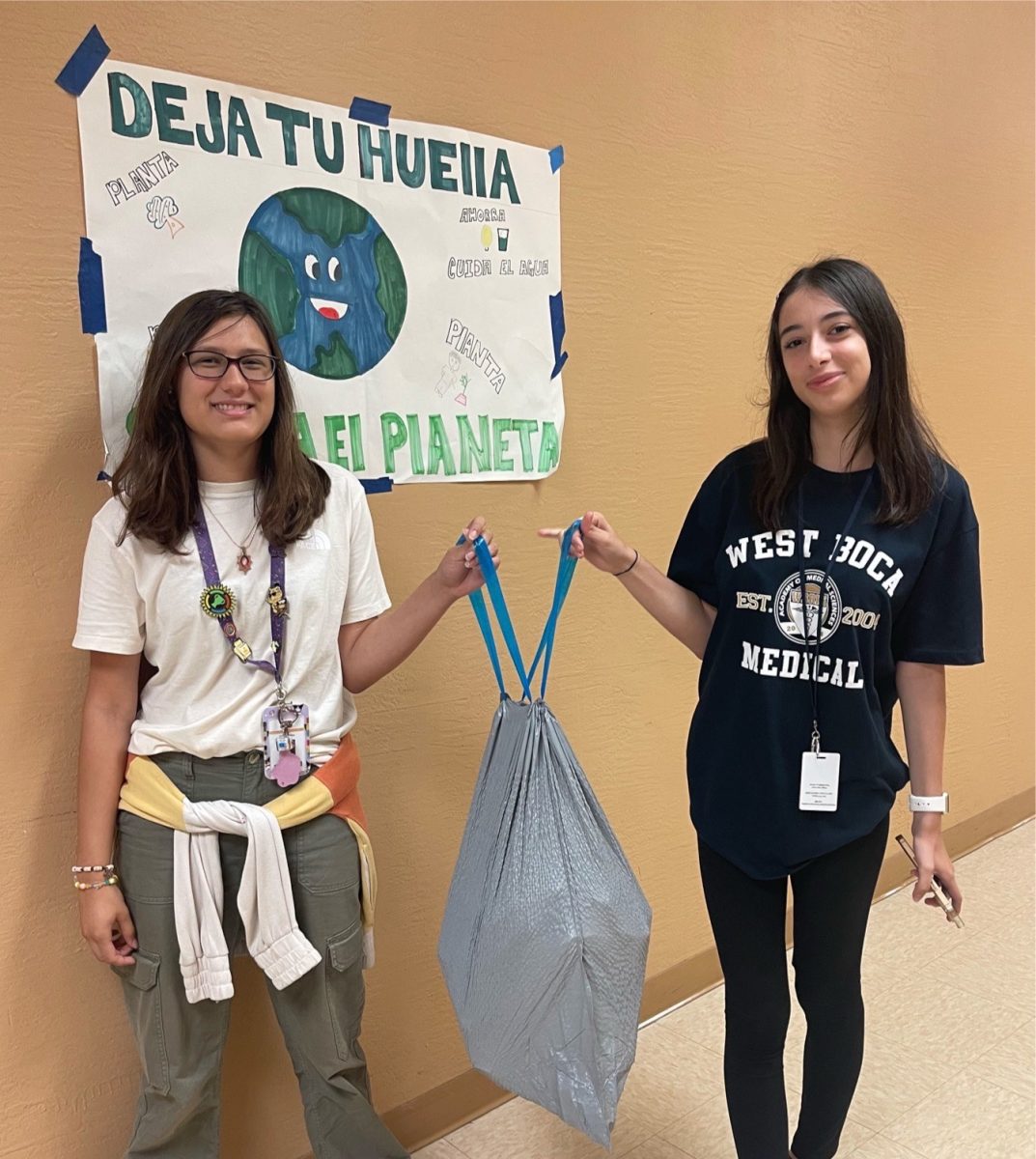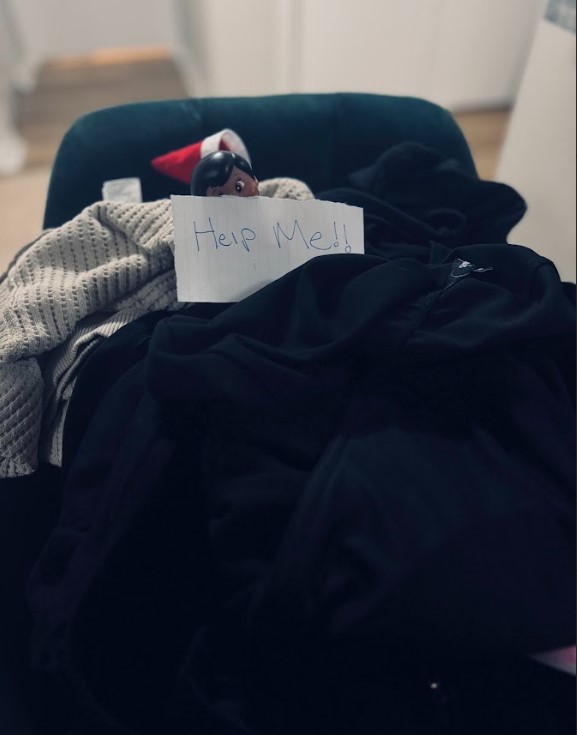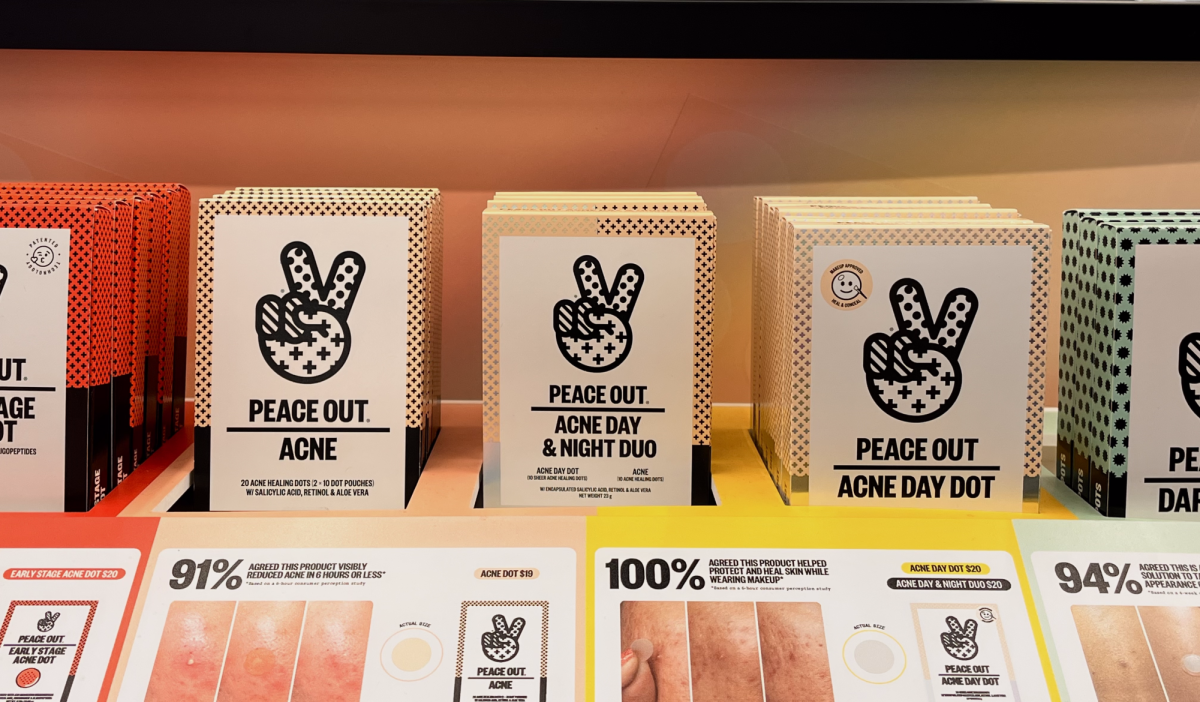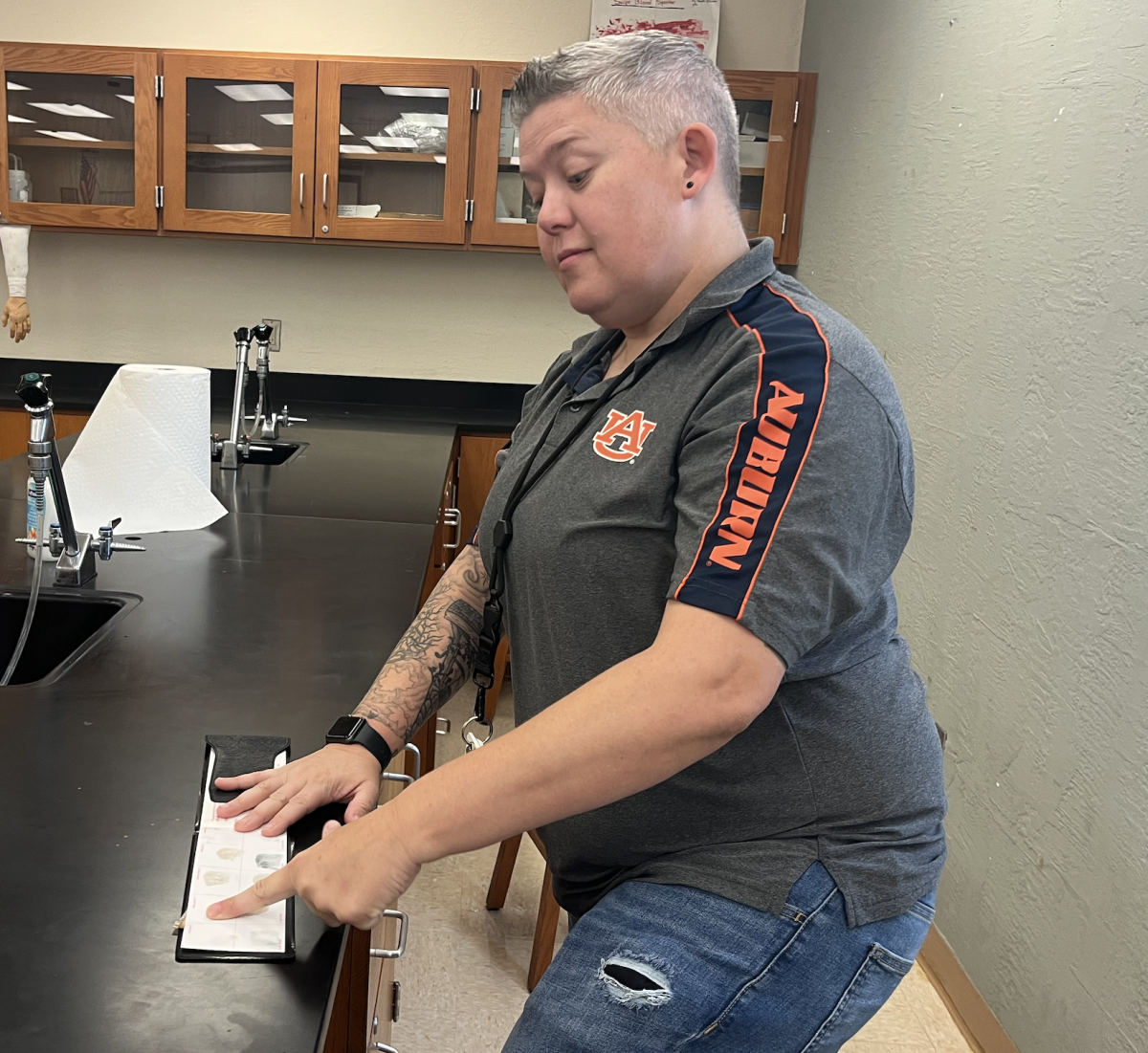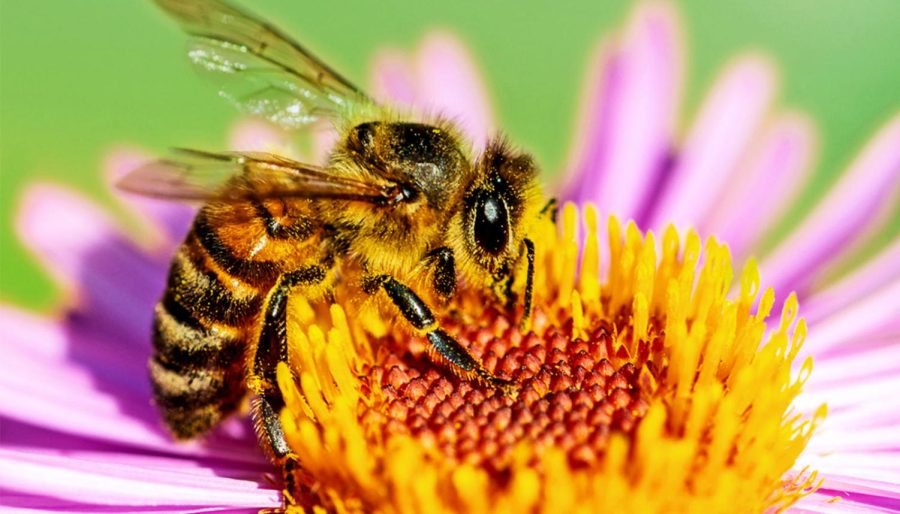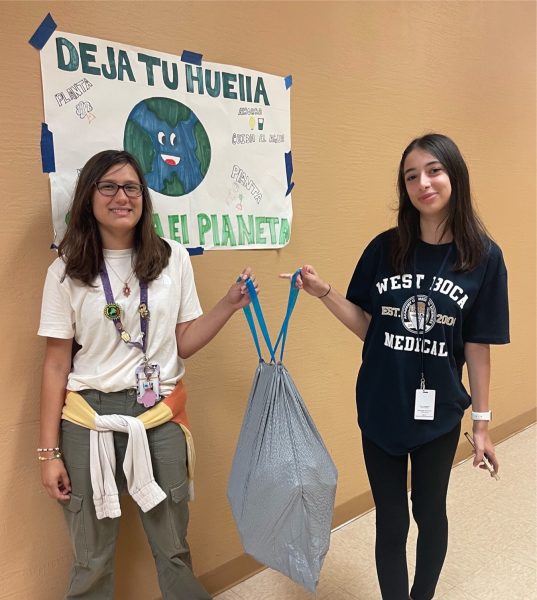Save the Bees!
Pesticide Use and the Extinction of Honey Bees: Is this economically viable?
In the United States, there has been an ongoing dilemma with pesticide use and its impact on the extinction of honey bees. However, without entomophily (insects, mainly bees, pollinating plants by dispersion of pollen), crops suffer.
Dr. Ann Bartuska, Acting Chief Scientist of the USDA, wrote that the “number of honey bee hives in this country has decreased from 6 million in the 1940s to about 2.5 million today.” With a continued decline in the bee populations, crop prices rise when less are harvested, and while GMOs (genetically modified organisms) can help even this out, not everybody is willing to use them.
All this has dramatic impacts on the economy since prices changing and different companies gaining control (depending on what happens with pesticides in the future) affects the stock market, and people who invested in it may have to think about what may be in store for the company’s future (primarily if it deals with pesticides, bees, or crops). Pesticide companies need sales from farmers, and farmers are divided into factions (crop farmers, beekeepers, and livestock farmers), though all want higher yields at lower costs. Consumers buy the products, and they want goods they can afford—so farmers need to adjust to those expectations.
Evidently, there should be a gradual reduction in pesticide use to preserve the honey bee population while still allowing companies and the market to adjust to the higher food prices and loss of jobs limiting pesticides will ultimately cause.
Perspective 1: Pesticide Companies
A pesticide ban would cause detrimental effects to everybody, as without companies producing them, farmers cannot grow as much as they used to. That is the primary argument for pesticide companies, especially considering how much it can stretch out and affect everybody. The amount of food available would drop as, like stated by Oregon State, a “pesticide ban in the U.S. would decrease year-ending supplies of corn, wheat, and soybeans 73 percent, trigger price instability, slow U.S. food aid programs to poor countries, and increase worldwide hunger.”
While pesticides can cause harm to humans and the environment, a ban would make things worse. If food output declines, there will not be enough meat or produce at the right price for consumers to buy the products they used to. Many people would resort to the cheaper options that are oftentimes worse for health.
Oregon State explains that “U.S. exports of corn, wheat, and soybeans would drop 27 percent, with a loss of 132,000 jobs.” Mass unemployment reduces an economy’s output, and with less disposable income in families, consumers do not buy as much and contribute less. With no pesticides, the issue branches into copious other fields, such as crop farmers who use them, consumers who buy the produce, and the pesticide companies and workers themselves who will suffer.
Perspective 2: Farmers
If pesticides didn’t exist, there would be a lower yield from farmers, so they have to work more land to produce the number of crops necessary (which leads to deforestation for more space).
Supplementary labor is required to reach the yield farmers had, so the prices of crops in the United States would increase, making them less competitive economically with the job losses and dwindling exports. Southern crop farmers would also be disadvantaged because their climates lead to high populations of pests, something they previously used pesticides for. Additionally, as the prices for food increase, livestock, poultry, and dairy producers’ net income would decline, and the incomes of livestock producers would drop 50 percent because of higher feed prices as found by Oregon State.
The rise in prices, while barely growing the wealth of a plant farmer, stems out and affects many people’s lives. Therefore, a solution keeping both people and bees in mind is essential. According to the FDA, “honey bees made a little less than 163 million pounds of honey in 2016…that’s a value of a little over $339 million.”
Apiarists (another word for beekeepers) have trouble producing honey if bees die when farms using pesticides are nearby. If not enough honey is produced, U.S. beekeepers will raise prices to account for the loss of product, so they will not be as competitive in the global market. Crop farmers, while needing bees for a substantial part of their pollination, are using the very thing that is killing them.
Honey bees with the least recovery rates are exposed to direct spray and soil application methods, the latter more often used in larger treatment systems, an EPA research team discovered. Carmen Kuan, the study’s lead author, adds, “pesticide exposure at the individual level might be lethal, sublethal or altering to the behavior of the bee. At the colony level, this exposure might impact an entire hive, species, or crop yields.”
However, farmers aren’t doing anything to stop their passing, no matter how essential they are. The NCBI describes that “Thirty-five percent of global food production…benefits from insect pollinators, primarily bees.” Crops need to be pollinated, whether it be by bees, self-pollination, other insects, or artificial pollination. Without it, the yield would be lower, and prices of crops would have to rise, similar to what would occur if pesticides were banned. Consumers eat what farmers produce, so to solve the issue of pesticides and bees, they are an influential factor to examine.
Perspective 3: Consumers
The AFPC discovered that if pesticides are banned, “Reduced production and higher prices of fruits and vegetables leads to reduced consumption which…reduces the intake of almost all vitamins and minerals. The cancer-reducing benefits of fruits and vegetables would correspondingly decrease.”
Moreover, they stated that the consumption of healthy food would decrease by 24 percent per capita if there are no fungicides. Those with less money would not be able to purchase costlier food if the prices rise, so they’ll have to resort to the affordable options, especially because fruits and vegetables are already produced in lower quantities. Something similar occurs with few honey bees available as with none of them to pollinate plants, a shortage of foods throughout the United States (and the world) would occur.
There are also a multitude of negative health effects from using pesticides, found by the NCBI, like high occupational, accidental, or intentional exposure to pesticides may result in hospitalization and death.
Consumers will not choose what is dangerous for them unless they have no other choice. Health is important, so pesticide companies must keep this in mind as well as the farmers who are choosing to use pesticides; after all, consumers are the buyers, and without them present or capable of working nobody benefits, whether it be personally or financially.
Pesticides and their impact on the bee populations cause widespread concern throughout the perspectives.
Pesticide companies create pesticides that farmers either use or are affected by, and consumers buy the products farmers grew alongside them. The implications of continued pesticide use are the decline of bees, yet the instantaneous ban of pesticides can throw the economy into disarray. There are two possible solutions: Artificial pollination or the use of GMOs. However, artificial pollination is not developed well enough, and consumers are typically against GMOs. The media can change this mindset, and with steps taken to conserve the honey bee population, the negative outlook on GMOs would be reduced.
Pesticide use should be gradually eradicated to protect honey bees and GMOs should be slowly introduced to help relieve the burden on farmers. Through this, the issue can come close to resolution. If nothing is done, honey bees will continue to perish until none are left.
Your donation will support the student journalists of West Boca Raton Community High School. Your contribution will allow us to purchase equipment and cover our annual website hosting costs.

Hello! My name is Natasha Kuneff, and I am a senior at West Boca. This is my third year in the Bullseye Newspaper, so writing has been a large part of...

